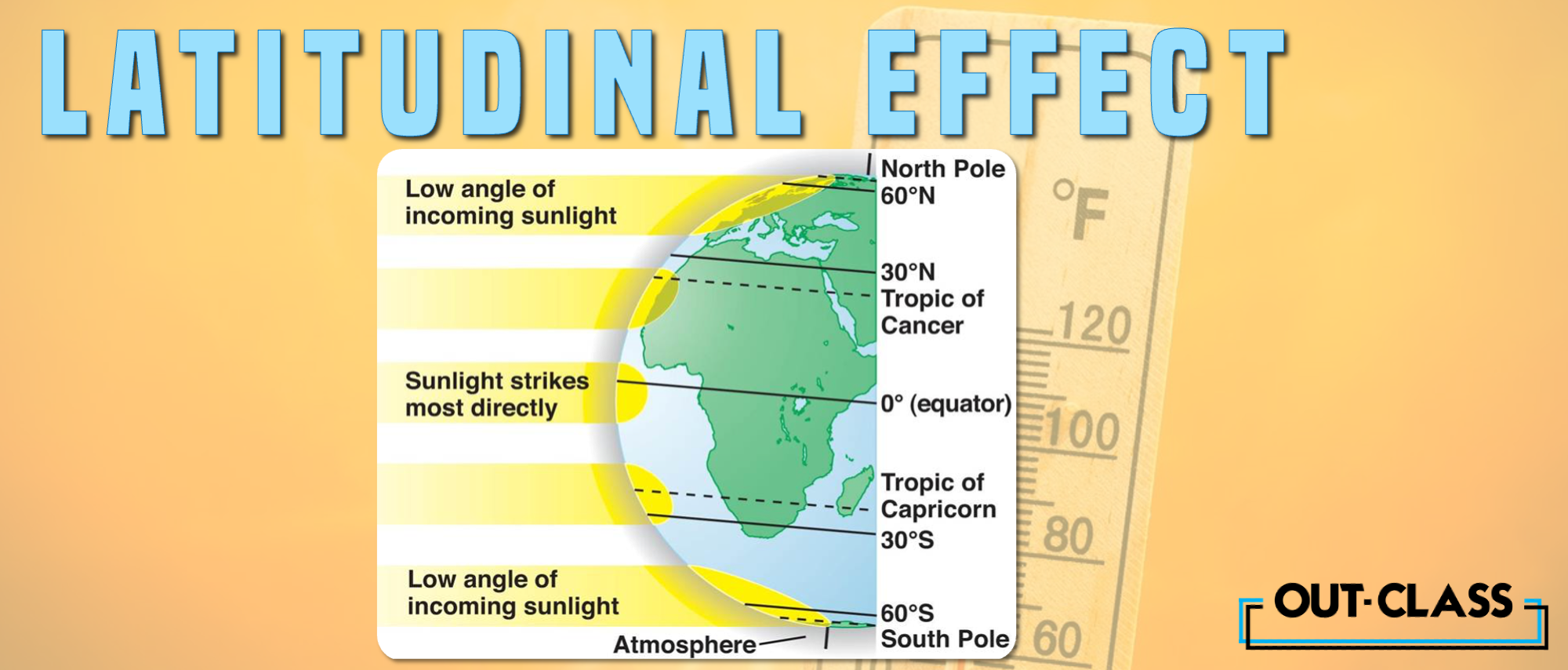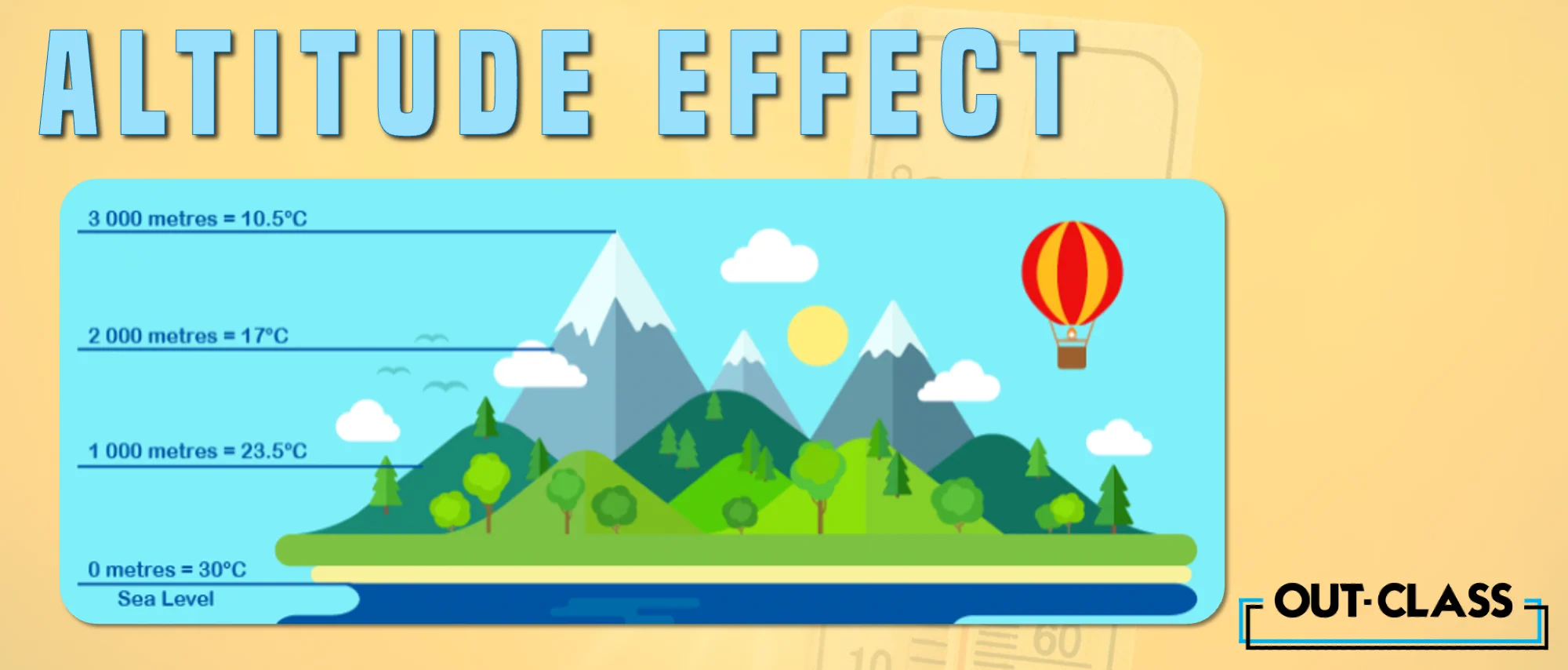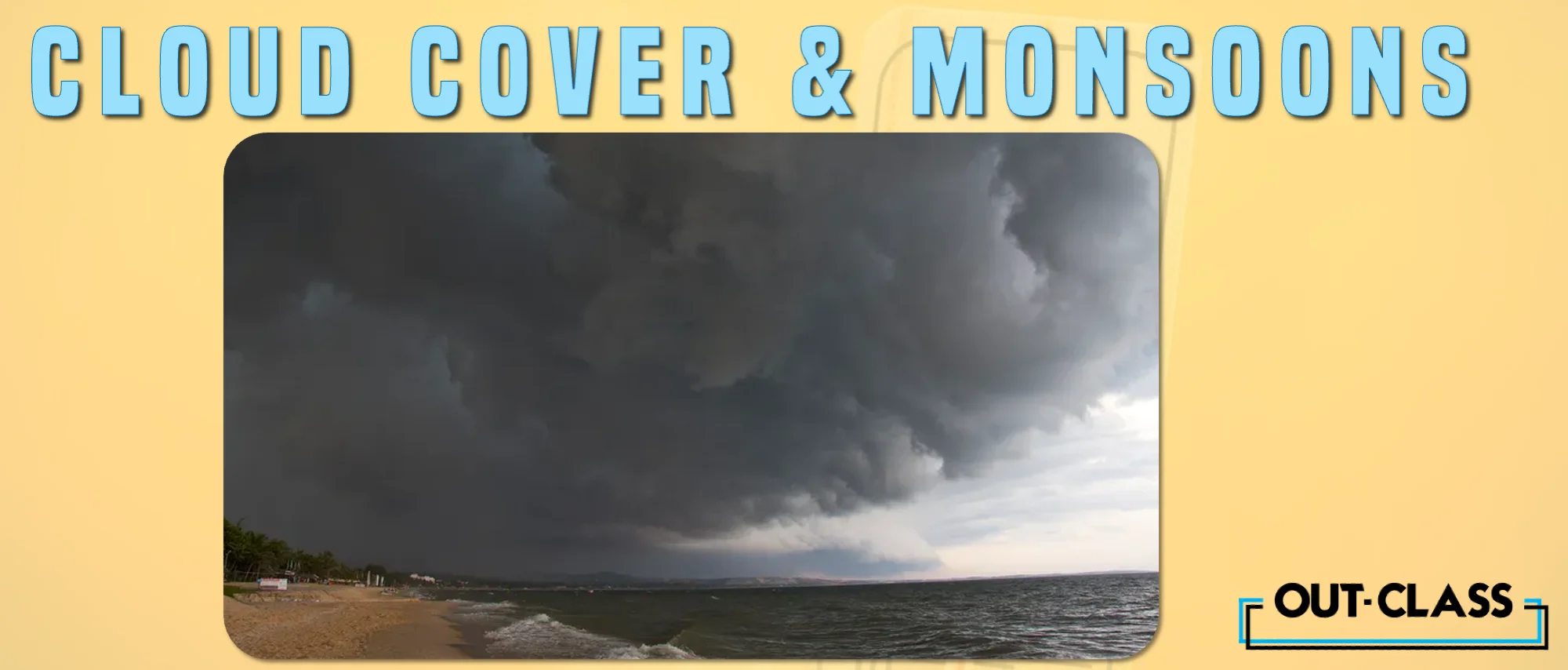Temperatures are rising and falling across the world. And Pakistan is no different. From sweltering heat waves to spine-tingling cold spells, Pakistan’s temperatures and climate continuously change from season to season.
The causes for these changes are numerous, both natural and man-made. In this, we will explore factors affecting temperature in Pakistan.
Different Factors Affecting Temperature in Pakistan
Latitudinal Effect
The latitudinal effect describes the impact on temperature from the latitude or the region distance from the equator.
Areas closer to the equator generally tend to have higher temperatures. This higher temperature is due to the earth’s spherical shape - it is angled in such a way that it receives direct sunlight. Most southern regions of Pakistan, such as Karachi, Hyderabad and Sukkur, experience higher temperatures because of their proximity to the equator.
Continental Effect
Mostly found in landlocked regions, the continental effect is characterized by extreme temperature changes. It occurs either between day and night or between seasons, such as warm summers and cold winters.
This effect occurs due to the lack of moderation by oceans in such areas. Instead, these areas are influenced by prevailing winds blowing overland. Interior regions of Pakistan, such as Lahore and Islamabad, are examples of such extreme temperature variations.
Altitude
The elevation or the altitude of a particular region also has some bearing on the temperature of that area. This is because the further the area is from the equator, the lower the temperature of that area. Many regions with higher elevations, such as the Karakoram Range and the Himalayas, are colder than many low-lying areas.
Cloud Cover and Monsoons
During the summer season, many areas in Pakistan experience monsoon rains. These rains are characterized by heavy rainfall. The rain combined with intense cloud cover leads to a decrease in temperature or the air cooling. Moreover, these rains may also lead to an increase in humidity which may cause the weather to become hot and uncomfortable.
Urbanization
Urban areas or cities, like Karachi and Lahore, tend to experience higher temperatures than surrounding rural areas. This is due to the urban heat island effect; structures like buildings and other types of infrastructure tend to absorb and re-emit the sun’s rays more than natural landscapes. This causes cities to feel a lot warmer than their surrounding regions.
Global Climate Change
Climate change effects occur in various countries across the globe. This can be seen in the form of a shift in weather patterns, changes in precipitation and increased temperatures, such as the rising temperature in Pakistan. Unpredictable weather changes such as hurricanes, cyclones, floods and droughts are also examples of extreme climate change.
Conclusion
In conclusion, the temperature variations experienced in Pakistan are influenced by a multitude of factors, both natural and anthropogenic. From the latitudinal effect to the continental effect, altitude, cloud cover, and urbanization, each plays a significant role in shaping the country's climate patterns. Moreover, the looming spectre of global climate change exacerbates these fluctuations, posing additional challenges to Pakistan's environment and society.
Get ready to learn, laugh, and maybe even get a little mind-blown with the Pakistan Studies lecture:
Most Common Repeated Questions:
Unlock the secrets to acing your CAIE IGCSE & O Level exams with a sneak peek into the most frequently asked questions that have graced the past papers!
- Describe the effect of latitude on day length and temperature in Pakistan (4) [Oct/Nov 2013, May/June 2022]
- Study Fig. 2.2, a map showing temperature regions of southern and western Pakistan.
i) Identify temperature region Z shown in Fig. 2.2 (1):
ii) Using information from Fig. 2.1 and 2.2 only, complete the passage describing the relationship between annual rainfall and temperature regions. Choose the correct words from the list and place them in the spaces provided. (3) [Oct/Nov 2021]
- Explain how the following factors affect the temperature in cities Muree and Quetta. You should develop your answer. i) altitude ii) latitude (4) [May/June 2013, Oct/Nov 2022]
- Explain two factors that affect winter temperatures in Pakistan. (4) [Oct/Nov 2011]








